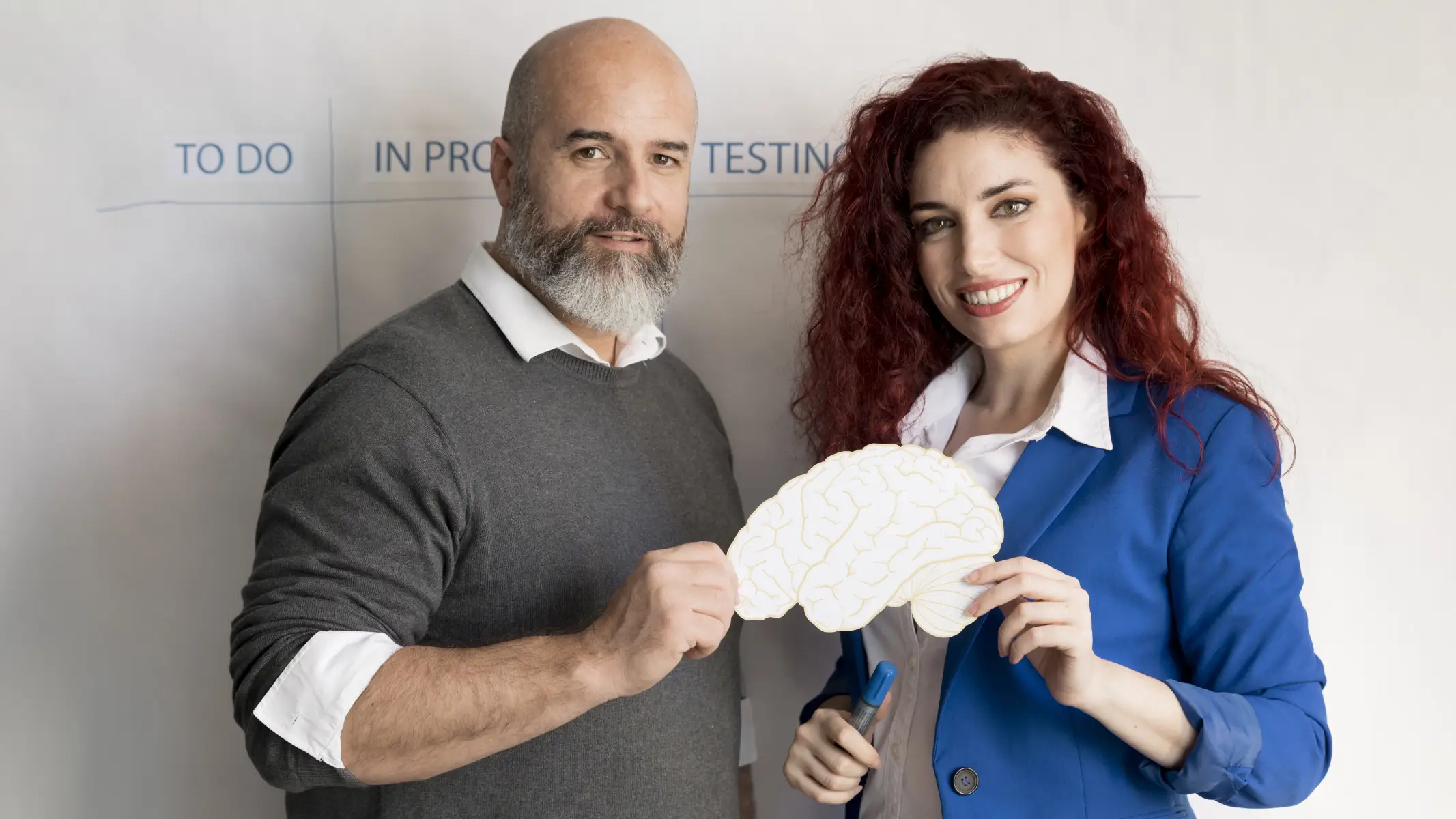Trauma is a deeply distressing experience that can have long-term effects on a person’s mental and physical well-being. Often misunderstood as simply a “bad memory,” trauma is far more complex, leaving silent scars that can last long after the event has passed. Whether caused by a single overwhelming situation or prolonged adversity, trauma profoundly affects how individuals perceive the world, themselves, and their relationships.
Understanding the nature of trauma is the foundation for building awareness, providing support, and fostering recovery. This article explores what trauma is, how it affects the mind and body, and why early interventions matter.
What Is Trauma?
Trauma refers to a deeply distressing or disturbing event that overwhelms a person’s ability to cope. It can leave individuals feeling helpless, fearful, or shattered. Trauma is not only about what happened but also about how an individual perceived or experienced the event.
Trauma can take many forms, including:
- Acute Trauma: Results from a single, impactful event, such as a car accident or natural disaster.
- Chronic Trauma: Arises from ongoing, persistent exposure to stressors, such as domestic abuse or workplace bullying.
- Complex Trauma: Stems from prolonged, repeated experiences, often in relational contexts, such as childhood neglect or exploitation.
It is crucial to understand that trauma is subjective; what is traumatic for one person might not affect another in the same way. Factors such as personality, past experiences, and support systems influence how individuals respond.
How Trauma Affects the Mind
Trauma’s impact on the mind often appears as emotional distress or behavioural changes. Some of the most common psychological effects include:
1. Intrusive Memories and Flashbacks
Trauma can cause the brain to replay distressing memories as though the event is happening again. These episodes, known as flashbacks, are involuntary and may be triggered by sights, sounds, or smells associated with the event.
2. Emotional Dysregulation
Survivors of trauma often struggle to manage their emotions, experiencing intense feelings of fear, anger, guilt, shame, or sadness.
3. Numbness and Disconnection
Conversely, some individuals may emotionally “shut down” as a coping mechanism, becoming detached from their feelings, surroundings, or even loved ones.
4. Sleep Disturbances
Nightmares, insomnia, or fragmented sleep patterns are common in trauma survivors. A lack of restorative sleep intensifies emotional and cognitive difficulties.
How Trauma Affects the Body
Trauma does not only affect the mind; its effects ripple throughout the body as well. Scientific research shows that trauma can leave individuals physically “wired” for stress.
1. The Fight, Flight, or Freeze Response
When faced with a threat, the body activates its stress response, preparing to fight, flee, or freeze. Trauma survivors often remain stuck in this state, experiencing hypervigilance (constantly scanning for danger) or an inability to act when overwhelmed.
2. Chronic Stress and Cortisol
Prolonged trauma can lead to an overproduction of cortisol, the stress hormone, which can weaken the immune system, disrupt digestion, and increase the risk of heart disease, diabetes, and other ailments.
3. Somatic Symptoms
Unresolved trauma often manifests as physical pain or illness. Many trauma survivors report headaches, stomach issues, and muscular tension with no obvious medical cause.
4. Fatigue
The constant strain of emotional distress and hypervigilance can leave individuals exhausted, affecting their ability to work, socialise, or engage in daily activities.
Why Early Intervention Matters
The effects of trauma, if left unaddressed, often worsen over time, leading to conditions such as anxiety, depression, and post-traumatic stress disorder (PTSD). Early intervention plays a key role in preventing long-term damage.
Validation and Support
Many survivors feel silenced or dismissed. Validating their experiences and offering non-judgemental support can prevent feelings of isolation.
Therapy and Mental Health Support
Professional therapies, such as cognitive behavioural therapy (CBT), eye movement desensitisation and reprocessing (EMDR), and somatic therapies, address the root causes of trauma and promote healing.
Self-Care and Lifestyle Changes
Simple practices, such as mindfulness, exercise, and building strong relationships, aid recovery and reduce the impact of stress.
Moving Forward
Trauma is a powerful force, but recovery is possible with the right understanding, support, and care. Compassion and patience—whether directed at ourselves or others—are vital for healing. While the effects of trauma can be profound, they need not define a person’s story. Given time and the right interventions, individuals can rebuild their sense of safety, trust, and empowerment.
By recognising the psychological and physical effects of trauma, we can better navigate the challenges it brings and support those who are struggling. With greater awareness, we move closer to fostering a society that supports recovery, builds resilience, and destigmatises the conversation surrounding mental health.
What is PTSD? Exploring the Complexities of Post-Traumatic Stress Disorder
Post-Traumatic Stress Disorder (PTSD) is a mental health condition that can occur following exposure to a deeply distressing or life-threatening event. While many individuals experience stress or anxiety immediately after a traumatic event, PTSD differs in that its symptoms persist over time, often disrupting everyday life and well-being. Although PTSD is now more widely recognised, misconceptions about the condition remain. This article provides clarity on what PTSD actually is, its key features, and how it can be effectively treated.
Understanding PTSD
PTSD is characterised by a prolonged emotional and psychological response to trauma. It was first officially recognised as a medical diagnosis in 1980, but its history dates back much further, with terms like “shell shock” and “battle fatigue” coined to describe symptoms in soldiers during wartime.
Despite its historical association with combat veterans, PTSD can develop in anyone who has experienced or witnessed a traumatic event. Such events might include:
- Physical or sexual assault.
- Serious accidents, such as car crashes.
- Natural disasters, like earthquakes or floods.
- Combat exposure in war zones.
- The sudden loss of a loved one.
- Medical emergencies or prolonged illnesses.
Notably, trauma experienced indirectly—such as hearing detailed accounts repeatedly (common for emergency responders or therapists)—can also lead to PTSD.
Symptoms of PTSD
The symptoms of PTSD vary greatly between individuals, but they generally fall into four main categories. Symptoms must persist for at least a month after the traumatic event to warrant a PTSD diagnosis, as short-term stress reactions (acute stress disorder) are considered normal.
1. Intrusion Symptoms
People with PTSD often experience intrusive memories or thoughts related to their trauma. These can take the form of flashbacks, where the person feels as though they are reliving the event, or nightmares. Intrusion symptoms are exhausting and distressing, often accompanied by intense emotional reactions.
2. Avoidance
Those with PTSD may avoid thoughts, places, or situations that remind them of their trauma. For instance, a car accident survivor might avoid driving or travelling in vehicles. Avoidance behaviours can severely limit social and occupational functioning.
3. Negative Changes in Mood and Thinking
PTSD often alters an individual’s ability to think positively or trust others. Common symptoms in this category include feelings of guilt, shame, or fear; persistent negative thoughts about oneself or the world; emotional numbness; and reduced interest in previously enjoyable activities.
4. Hyperarousal and Reactivity
A heightened state of awareness or hypervigilance can leave individuals constantly feeling on edge. This might manifest as difficulty sleeping, irritability, being easily startled, or difficulty concentrating. Hyperarousal can make everyday situations feel unmanageable.
How Does PTSD Develop?
Not everyone who experiences a traumatic event will develop PTSD. Several factors influence whether an individual is more likely to experience it. These include:
- Nature of the Trauma: Events that are prolonged, personal (e.g., abuse), or perceived as inescapable often carry a higher risk.
- Previous Mental Health Conditions: A history of anxiety, depression, or unresolved trauma can increase susceptibility.
- Support Systems: A lack of emotional or social support following trauma can make recovery more difficult, potentially leading to PTSD.
- Biological Responses: Research suggests some people have heightened stress responses due to differences in brain structure and hormone regulation.
PTSD in Everyday Life
For those living with PTSD, the condition may have far-reaching effects on relationships, careers, and day-to-day activities. Common difficulties include:
- Strain on personal relationships: Individuals may struggle with trust, effective communication, or emotional intimacy.
- Workplace challenges: Concentration problems, hypervigilance, and avoidance symptoms can make maintaining employment difficult.
- Social isolation: Stigmatisation or a sense of “being different” may discourage individuals from seeking support or social contact.
How is PTSD Treated?
The good news is that PTSD is highly treatable with the right combination of interventions. While everyone’s journey is unique, evidence-based treatments have shown significant success in helping people manage and overcome the condition.
1. Psychotherapy
Therapy is the cornerstone of PTSD treatment, offering individuals the space to process their trauma and develop coping mechanisms. Types of psychotherapy include:
- Cognitive Behavioural Therapy (CBT): Aims to challenge unhelpful thoughts associated with trauma and replace them with healthy perspectives.
- Trauma-Focused CBT: Specifically designed to address trauma responses, this involves safely confronting and reprocessing traumatic memories.
- Eye Movement Desensitisation and Reprocessing (EMDR): A structured therapy that helps desensitise individuals to traumatic memories using bilateral stimulation techniques.
2. Medications
For some, medication is a valuable component of PTSD treatment. Antidepressants, such as selective serotonin reuptake inhibitors (SSRIs), can help regulate mood and reduce the intensity of symptoms. Medication is often combined with psychotherapy for a comprehensive treatment plan.
3. Lifestyle Adjustments
Self-care practices, such as regular exercise, a healthy diet, and mindfulness activities, significantly enhance recovery from PTSD. Peer support groups or trauma-informed yoga can also offer community and emotional comfort.
Misconceptions About PTSD
Despite growing awareness, PTSD is still subject to many misconceptions, such as:
- “Only soldiers get PTSD”: While veterans are at high risk, PTSD can impact anyone who has experienced trauma.
- “If you’re strong, you won’t get PTSD”: PTSD has nothing to do with emotional weakness. Anyone who experiences severe trauma can be affected regardless of their personality or strength of character.
- “It’s all in your head”: PTSD involves real biological and psychological changes that impact one’s ability to function.
Challenging these myths is key to reducing stigma and encouraging more people to seek help.
When to Seek Help
It is natural to feel emotional distress in the aftermath of trauma, but if symptoms persist for more than a month, interfere with daily life, and feel overwhelming, it is important to seek professional support. Reaching out for help is not a sign of weakness but an empowering step towards recovery.
Final Thoughts
Post-Traumatic Stress Disorder is a complex condition, but it is one that can be understood, treated, and managed. By recognising the symptoms and seeking professional support, individuals can rebuild their lives and regain a sense of control. It is important to remember that PTSD does not define a person—it is simply part of their story, and healing is always possible.
Whether you are directly affected by PTSD or supporting someone who is, fostering compassion, patience, and understanding creates a stronger foundation for recovery. With the right tools and support, individuals living with PTSD can navigate their journeys toward health and resilience.










